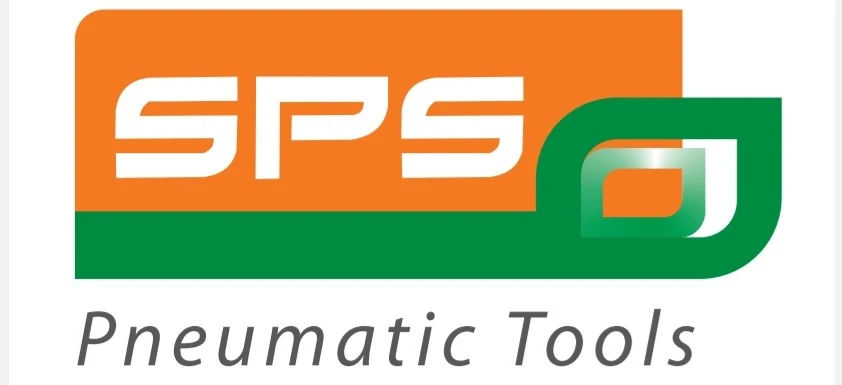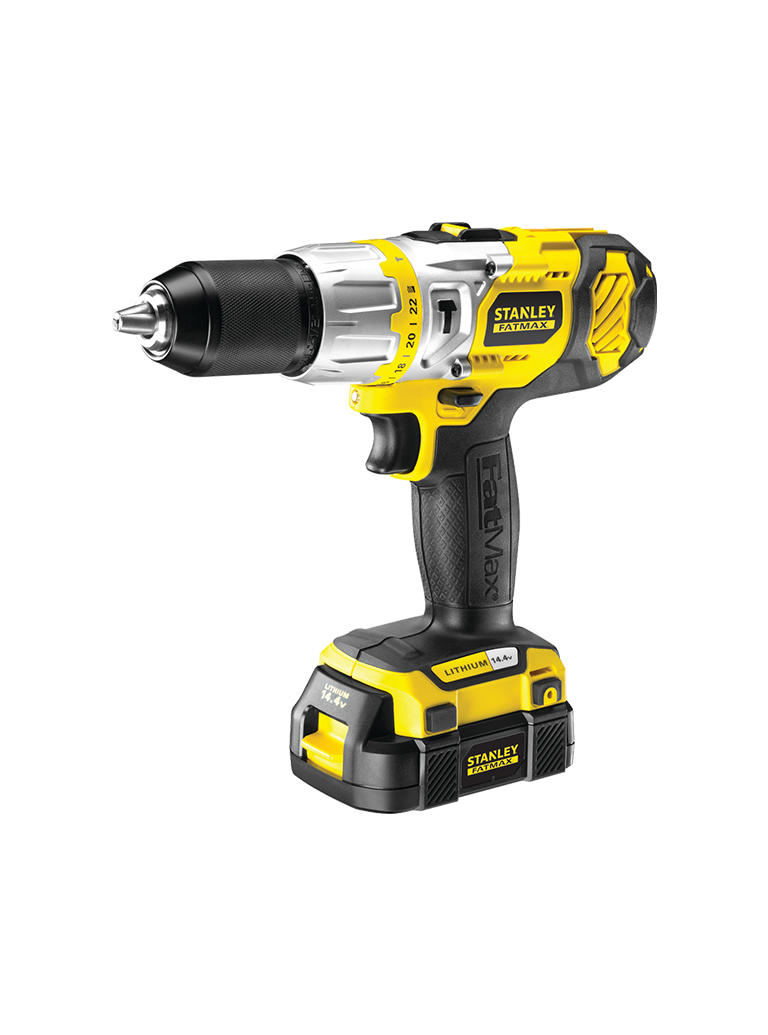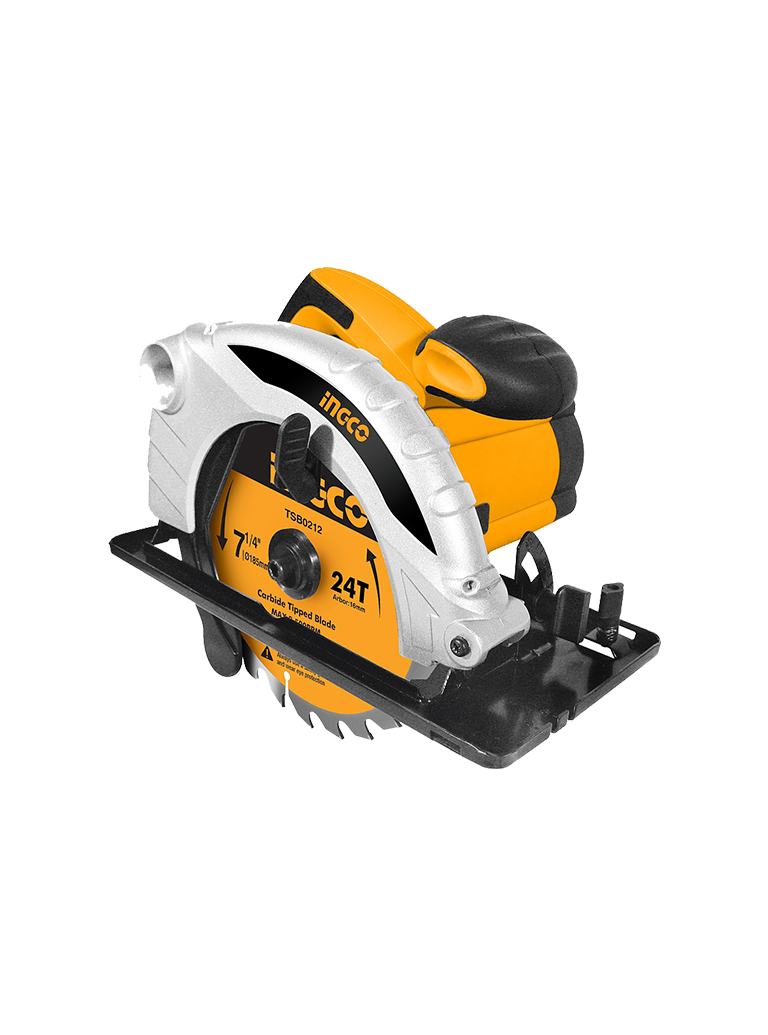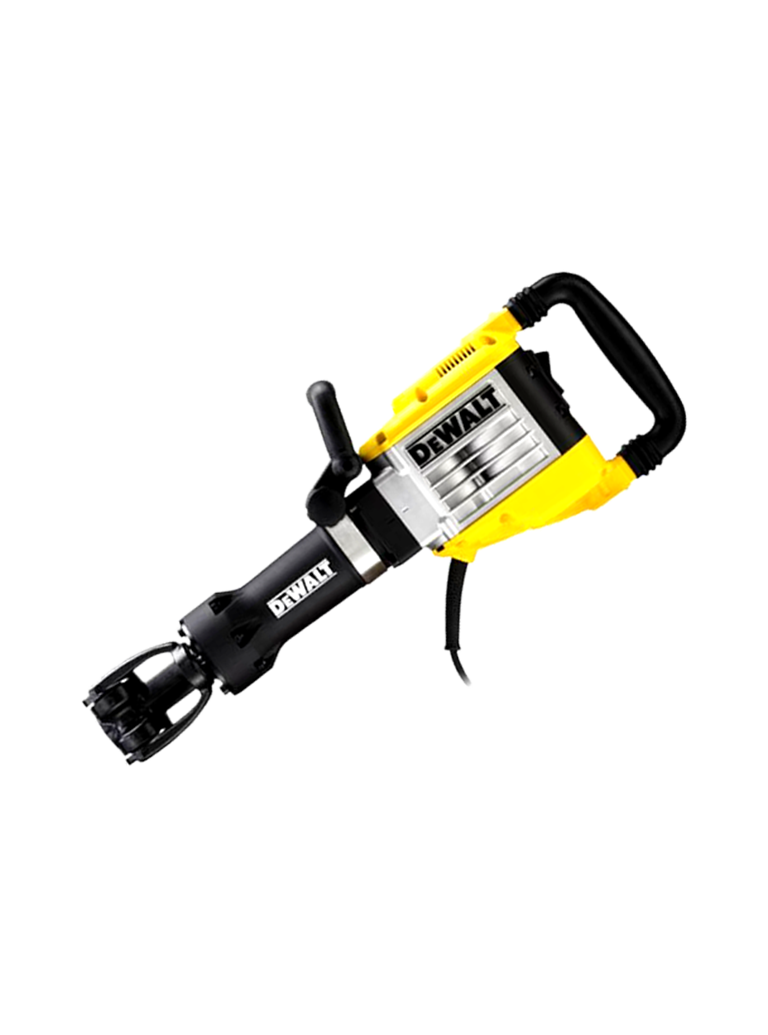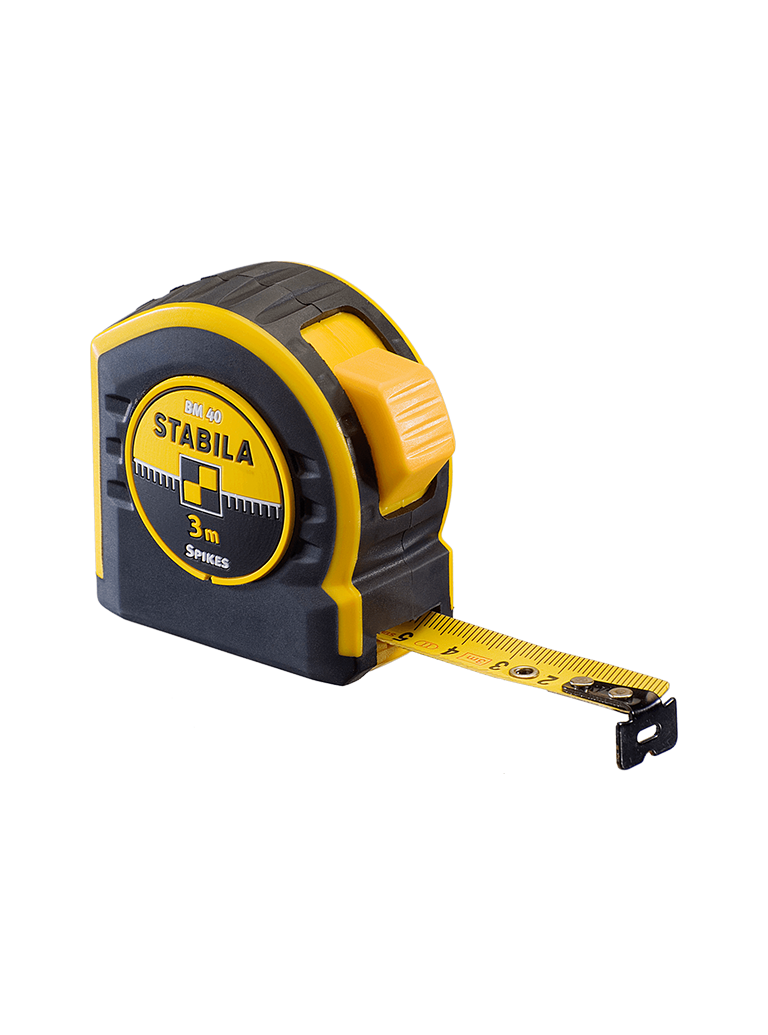Understanding Pneumatic Tools:
Key Features and Benefits Explained
Pneumatic tools utilize compressed air to operate. Unlike electric tools that rely on motors, pneumatic tools are lighter and simpler in design. They are powered by air compressors that supply the necessary pressure to perform various tasks. Common examples include nail guns, sanders, grinders, and impact wrenches.
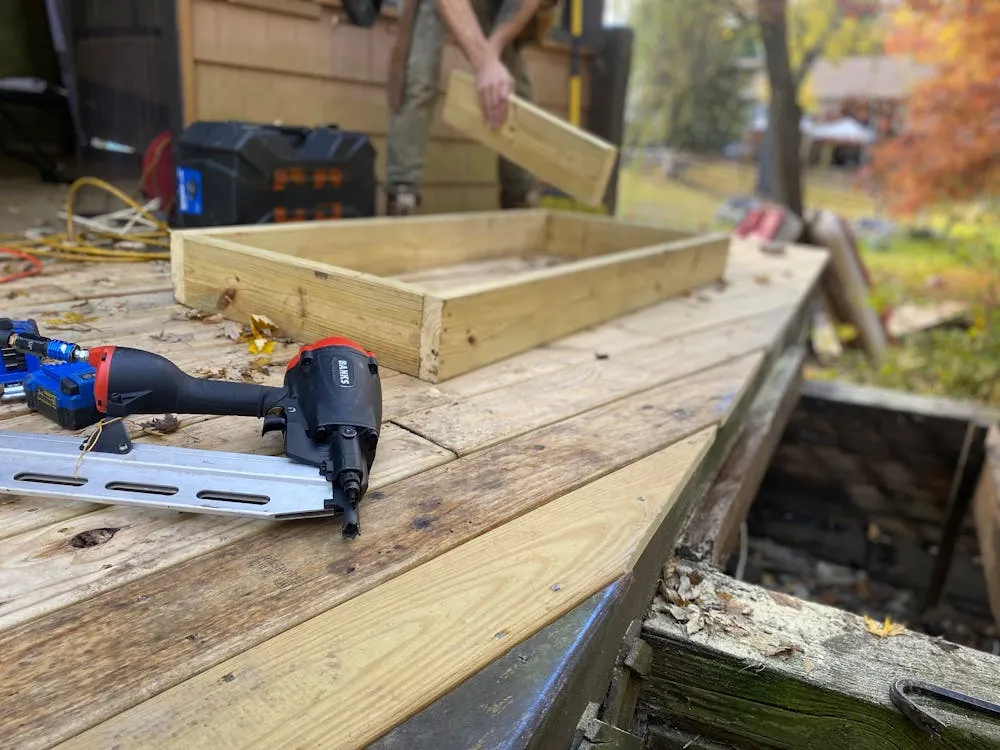
Key Features of Pneumatic Tools
Lightweight Design:
Pneumatic tools are generally lighter than electric counterparts because they lack heavy motors. This makes them easier to handle for extended periods.
Power-to-Weight Ratio:
These tools offer a high power-to-weight ratio, allowing them to deliver more torque and higher RPM (revolutions per minute) compared to electric tools of similar size.
Durability:
With fewer moving parts and a robust design, pneumatic tools tend to last longer and require less maintenance than electric tools.
Safety:
Pneumatic tools can be used in hazardous environments since they do not produce sparks or heat that could ignite flammable materials.
Versatility:
They can be used in various applications across different industries, making them suitable for both light-duty tasks and heavy industrial work.
Cost-Effectiveness:
While the initial investment in an air compressor may be higher, pneumatic tools often have lower operating costs due to reduced maintenance needs.
Benefits of Using Pneumatic Tools
Increased Efficiency:
Pneumatic tools can operate continuously without overheating or the need for frequent battery replacements. This makes them ideal for tasks that require prolonged use.
Reduced Operator Fatigue:
The lightweight nature of these tools reduces strain on the operator, allowing for longer working hours without fatigue.
Improved Productivity:
With faster operation speeds and higher torque levels, pneumatic tools can significantly increase productivity on job sites.
Lower Risk of Electrical Hazards:
Since they do not rely on electricity, pneumatic tools minimize the risk of electrical shock or fire hazards in wet or explosive environments.
Maintenance Simplicity:
The simple design of pneumatic tools means they are easier to maintain and repair compared to electric counterparts.
Comparison Table: Pneumatic Tools vs Electric Tools
| Feature | Pneumatic Tools | Electric Tools |
|---|---|---|
| Weight | Lighter | Heavier |
| Power Source | Compressed air | Electricity |
| Maintenance | Low | Moderate to High |
| Operating Cost | Generally lower | Higher due to battery replacement |
| Safety | Safer in hazardous environments | Risk of shock |
| Torque | Higher torque | Lower torque |
Types of Pneumatic Tools
Pneumatic tools come in various types tailored for specific applications:
- Nail Guns: Used for fastening materials quickly.
- Grinders: Ideal for cutting and polishing surfaces.
- Impact Wrenches: Provide high torque for loosening or tightening bolts.
- Sanders: Used for smoothing surfaces.
- Drills: Effective for both drilling holes and fastening screws.
These diverse options make pneumatic tools suitable for a wide range of tasks across different industries.
Applications of Pneumatic Tools
Pneumatic tools find applications in numerous sectors:
- Construction: Used for framing, roofing, and finishing work.
- Automotive Repair: Essential for tire changing and assembly line work.
- Manufacturing: Widely used in assembly lines due to their speed and reliability.
- Woodworking: Ideal for carpentry tasks requiring precision fastening.
Conclusion
Understanding pneumatic tools is crucial for anyone involved in industries that require reliable and efficient power sources. Their lightweight design, safety features, cost-effectiveness, and versatility make them an excellent choice over traditional electric tools. In Lucknow, businesses looking to enhance their operations should consider incorporating pneumatic tools into their workflow.
For more information about pneumatic tools and how they can benefit your operations, visit SPS Pneumatic Tools. They offer a wide range of pneumatic solutions tailored to meet your specific needs.
By leveraging the advantages of pneumatic technology, you can improve productivity while ensuring safety on the job site. Whether you’re a contractor or a DIY enthusiast, understanding these key features will help you make informed decisions about your tool choices.
DEWALT 4-Piece T-Shank Jig Saw Blade Case
(No review)
Write to Review
in Stock Only 14 left
$110.00
Raising a heavy fur muff that covered the whole of her lower arm towards the viewer regor then turned to look out the window
-
Security policy (edit with Customer reassurance module)
-
Delivery policy (edit with Customer reassurance module)
-
Return policy (edit with Customer reassurance module)
